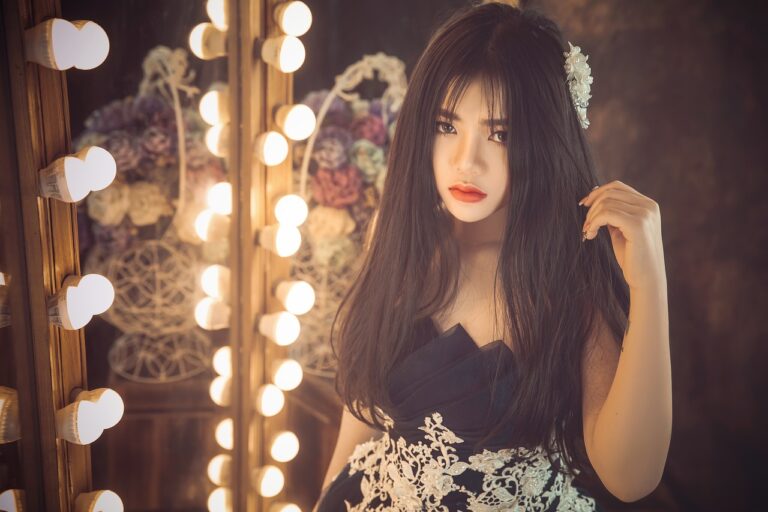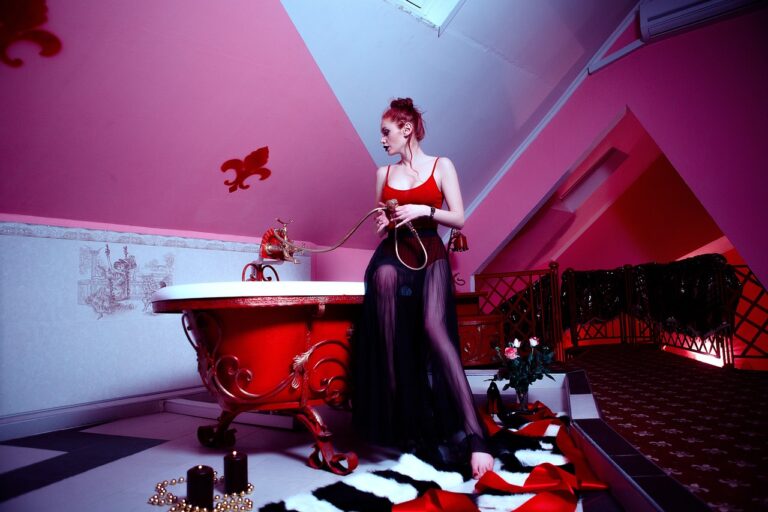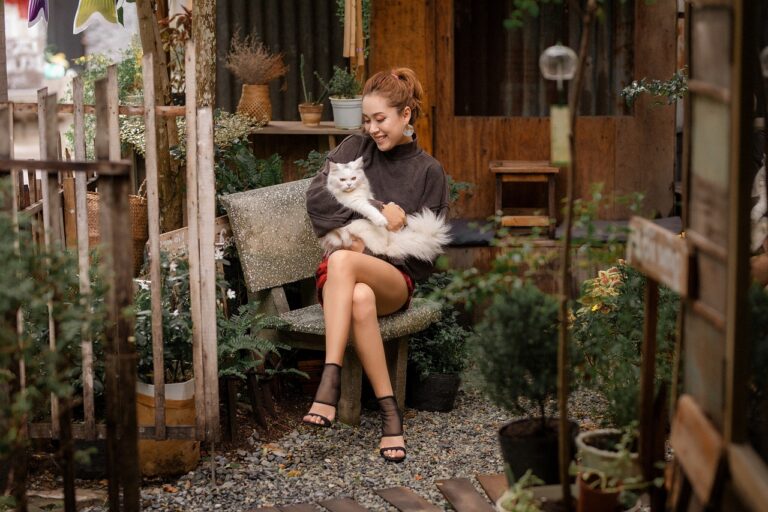Fashion and Literature: Exploring Style in Fiction and Non-Fiction
In literature, the clothing that characters wear can serve as a powerful tool for authors to convey information about their personalities, social status, and even their inner thoughts and emotions. By carefully describing a character’s attire, authors can create a visual image that enhances the reader’s understanding of who that character is and what they represent within the narrative. For example, a character who is always impeccably dressed in designer suits may be portrayed as confident, successful, and detail-oriented, while a character who wears shabby, mismatched clothes might be seen as unconventional, rebellious, or unconcerned with societal norms.
Furthermore, the choice of clothing can also be used to show character development and growth throughout a story. An author may use changes in a character’s wardrobe to symbolize their evolving mindset, shifting priorities, or changing circumstances. For instance, a character who starts off wearing plain, practical clothes may gradually transition to more luxurious, extravagant garments as they gain confidence, success, or a new perspective on life. These shifts in attire can not only reflect the character’s internal journey but also provide readers with visual cues that help them connect more deeply with the story and its themes.
The clothing that characters wear can convey information about their personalities, social status, and emotions
Describing a character’s attire can create a visual image that enhances reader understanding
Impeccably dressed characters may be seen as confident, successful, and detail-oriented
Characters in shabby clothes might be viewed as unconventional, rebellious, or unconcerned with societal norms
Moreover, authors can use changes in a character’s wardrobe to show development and growth throughout the story. These shifts in attire symbolize evolving mindsets, shifting priorities, and changing circumstances. For example:
A character starting off in plain clothes may transition to luxurious garments as they gain confidence or success
Changes in clothing can reflect internal journeys and provide visual cues for readers to connect with the story themes
The Influence of Fashion in Historical Novels
Fashion in historical novels plays a significant role in conveying not only the aesthetic of a particular time period but also the social status and personality of the characters. By delving into the intricate details of clothing, authors are able to transport readers back in time and immerse them in the world of the story. The fabrics, colors, styles, and accessories chosen by characters can speak volumes about their background, values, and aspirations, adding depth and complexity to their portrayal. Through fashion, authors can subtly communicate the influence of societal norms and expectations on individuals, as well as highlight the importance of self-expression and identity in different historical contexts.
Furthermore, the evolution of fashion trends within historical novels can serve as a reflection of broader cultural shifts and historical events. Changes in clothing styles, materials, and designs can mirror the changing attitudes towards gender roles, class distinctions, and political ideologies of a particular era. By weaving these fashion elements into the narrative, authors can effectively capture the essence of a historical period and offer readers a window into the past that goes beyond mere description. Fashion in historical novels can act as a powerful storytelling device, enhancing the authenticity and richness of the narrative while also shedding light on the nuances of human behavior and societal dynamics.
Exploring Symbolism in Clothing Choices in Literature
Clothing choices in literature often serve as a powerful tool for authors to convey deeper meanings and symbolism within their characters. From the color and style of garments to the condition of clothing worn, these choices can offer insights into the personality, emotions, or societal status of a character. For example, a character who consistently wears dark, somber attire may symbolize a sense of melancholy or inner turmoil, while someone adorned in vibrant colors could represent vitality and optimism.
Moreover, clothing choices can also reflect the themes or time periods depicted in a literary work. In historical novels, the fashion of the era plays a crucial role in immersing readers into the setting and societal norms of that time. Whether it be elaborate gowns of the Victorian era or the minimalist clothing of the 1920s, these sartorial details can evoke a sense of authenticity and provide a visual representation of the historical context in which the story unfolds.
How do authors use clothing to develop characters in fiction?
Authors use clothing choices to convey aspects of a character’s personality, social status, or emotional state. By describing what a character wears, authors can provide insight into their identity and motivations.
How does fashion play a role in historical novels?
Fashion can be used in historical novels to accurately depict the time period and social norms of the setting. Clothing choices can help establish the historical context and provide readers with a visual understanding of the characters and their world.
What is the significance of exploring symbolism in clothing choices in literature?
Exploring symbolism in clothing choices can deepen the meaning of a story and enhance the reader’s understanding of characters and themes. By analyzing the symbolic value of clothing, readers can uncover hidden messages and interpretations within the text.







